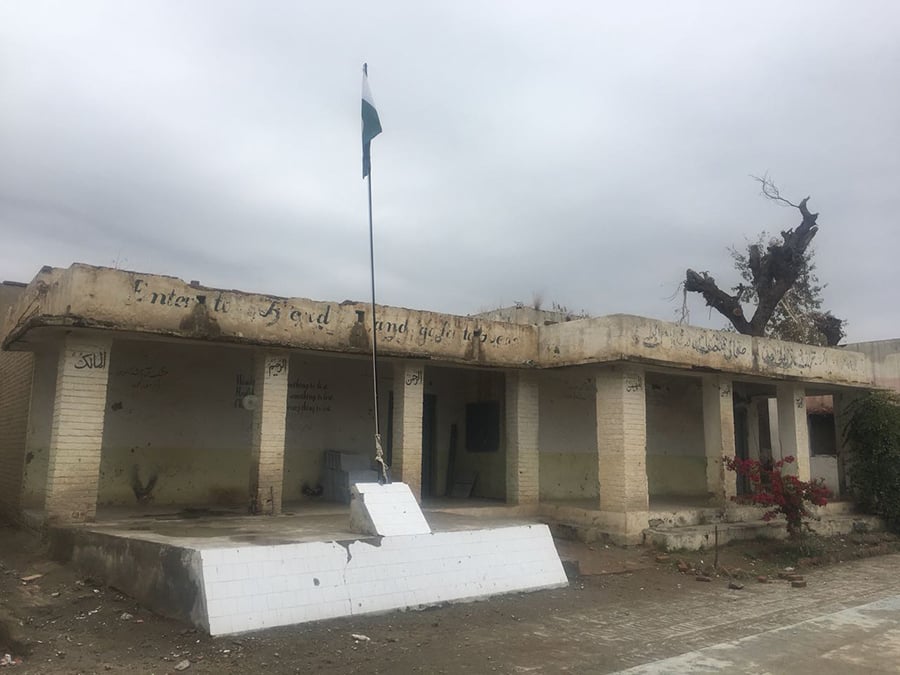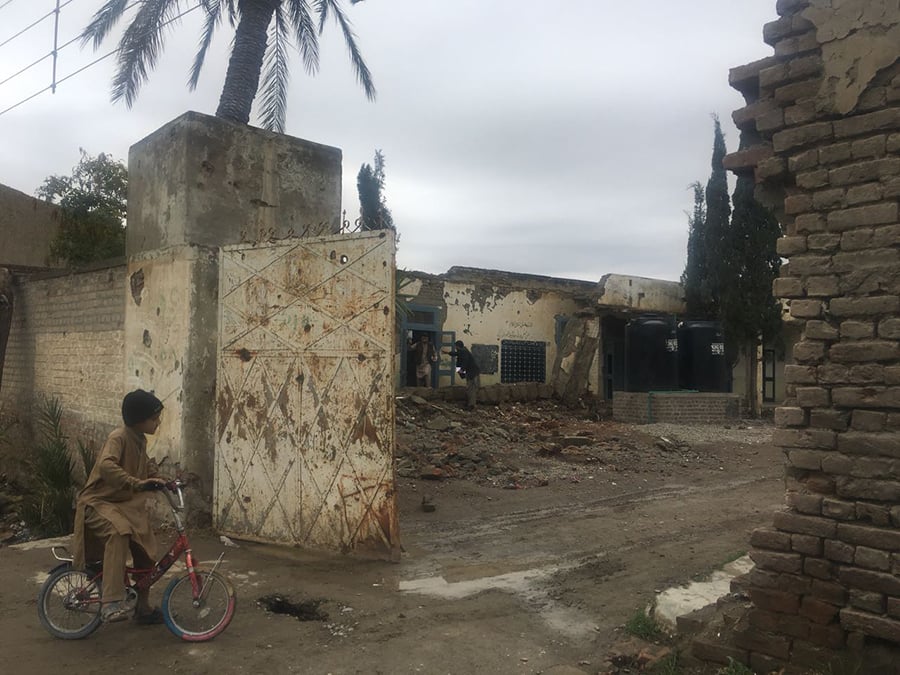As some semblance of normality returns to North Waziristan, enrollment and access to education, in the previously turbulent region, still leaves much to be desired.
Newly built schools lack teachers and basic learning tools. A government school in the Hasso Khel village, near the Mirali area, is in terrible state. “Our classrooms are nonexistent,” complains Mir Musharraf, the school principal, “There are no desks or chairs for the students and teachers to sit on.” The building lacks a washroom and its leaking roof is structurally unsound. Outside, the boundary wall has started to crumble. Musharraf says he has written several letters to the concerned authorities, but to no avail. “A year ago, our schools had over 700 students, now there are only 300 left.”
North Waziristan, one of the seven tribal agencies of the Federally Administered Tribal Areas, was a hotbed for local and international terrorist groups prior to 2014. In June of that year, the Pakistan Army launched Zarb-e-Azb, a military assault to drive out militants. A large number of families were displaced and forced to relocate to other parts of Pakistan. These families are now returning to the area devastated by war, eager to rebuild their lives from scratch. Children have been the most affected, as schools and other educational institutions were shut down for an indefinite period of time.
According to unofficial estimates, the literacy rate of FATA stands below 30 per cent, as opposed to 58 per cent at the national level.
“Parents do want their children to study,” says Alam Zeb, a teacher, “But once the students come here they are put off by the lack of a functional setup. Many do not return the next day.”
Sanam Khan is a student of seventh grade. It took his school administration one month, after classes had begun, to arrange for a single book. Khan and his class-fellows are yet to receive any others syllabus books. “Our teachers bought floor mats from their own income for us to sit on,” he tells Geo.tv.
Habibullah, the area education officer in North Waziristan, denies that the education system is in tatters. There are a total of 971 educational institutes in North Waziristan. The majority, he says, are fully equipped and functional. However, ghost schools for the administration are still a problem.
“After the conclusion of operation Zarb-e-Azb, there were several complaints about teachers’ attendance,” says Kamran Afridi, a political agent, “We have since computerized the records. 60 per cent of the teachers have full attendance now.” He further insists that the administration is doing all that it can. In the last few months, 22 teachers were suspended for not showing up in their classrooms, he adds, which allowed the authorities to save Rs 7 million in salaries.
But Syed Mohammad, another officer of the education department, paints a different picture. According to his records, of the 971 schools, four high schools and 46 primary schools have been completed razed to the ground and have yet to be rebuilt. Moreover, 65 schools are partially damaged. “We have asked the FATA Secretariat to give us at least Rs 30 million to fix a minimum of four high schools. But we are still waiting for an answer.”




